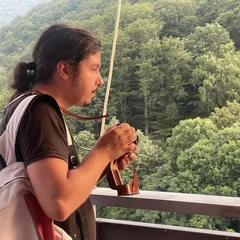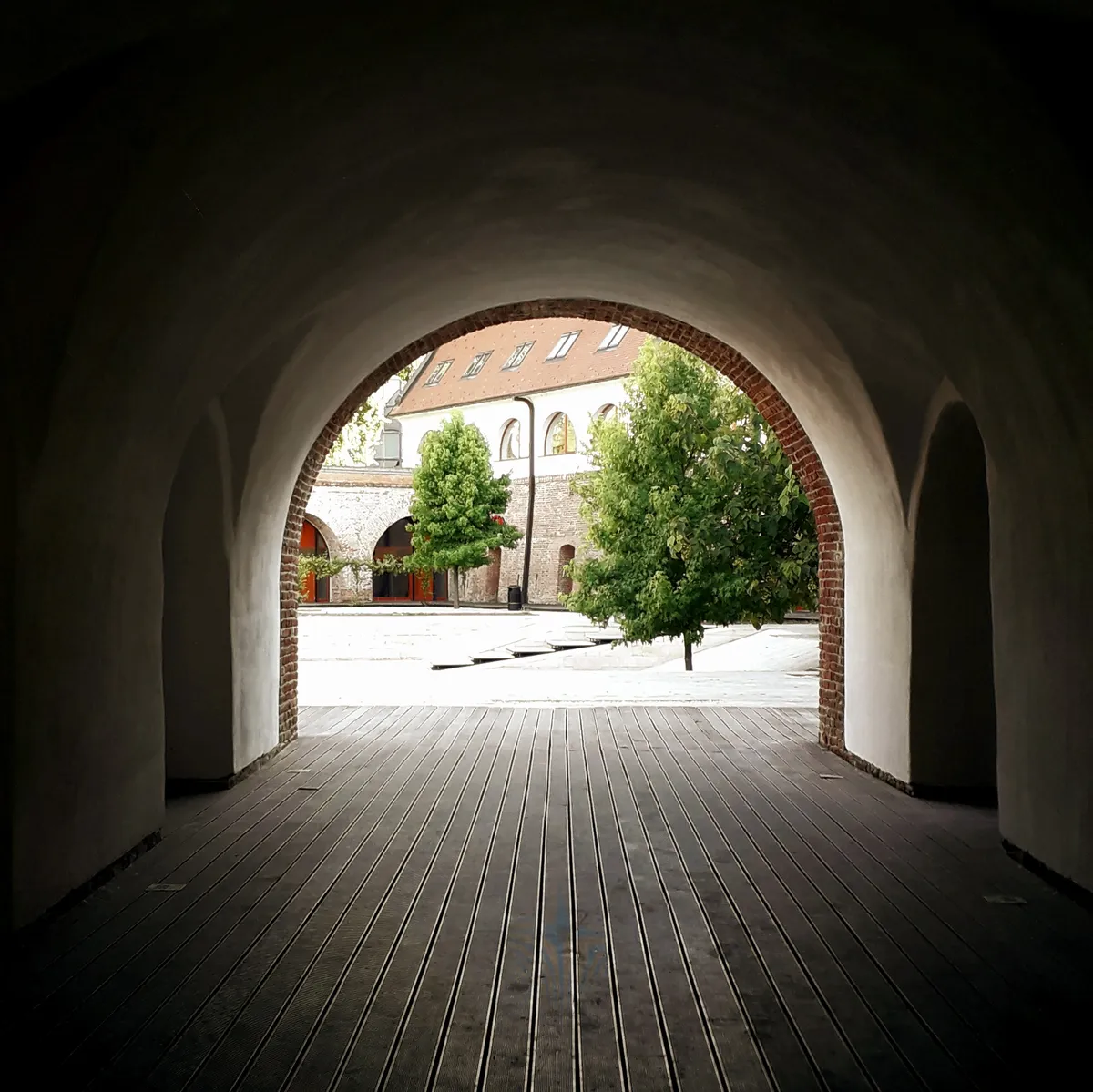
1/1

Author(s) / Team representatives
Maximilian Călin-Munteanu
Profession
arhitect, doctorand
Photo/design credits
Maximilian Călin-Munteanu
Text presentation of the author in English
Maximilian Călin-Munteanu is an architect, urbanist and PhD candidate, graduating the Bucharest "Ion Mincu" University of Architecture and Urbanism in 2018. Has worked as an architect and urban planner in Bucharest and Sibiu. Currently a PhD student at UAUIM, focusing his research on the architectural theory and critique, intersected with the philosophy of aesthetics. He took part at conferences organized by the UBB Cluj-Napoca and UAUIM Bucharest, were he presented parts of this doctoral research.
Text abstract in English
The rectangular grid planed neighborhood of Cetate is the legacy of the city’s Habsburg military character. On this grid layout, the buildings that appeared in over two centuries - from the austere military architecture to the Baroque, and from the Neoclassicism to Secession - produced an intricate street front. But this very diverse architecture is being difficult to read, as the facades, which support their own compositions and plastic intentions, are sideways from the street’s axis visual focus. More so, by working on the inherited grid, architecture was left little room for interacting with the surrounding. Such aspects were the subject of the Austrian architect Camillo Sitte’s work, who’s romantic approach towards a picturesque urban fabric would have provided a valid model for Timișoara, if not for Cetate, then for the extra-muros urban growth of the interwar period. Critiques of the extra-muros plot design were not late to come, as the Timișoara-based architect Albert Kristóf-Krausz wrote, when considering the missed chance of a Sitte-style approach of the new “Little Vienna” expansion.
The century-long models for architecture and urban approach raise the question: in what capacity is architecture endorsed the community? Is it a mean? Or can it become the scope of human activities? During the last century, this concern paralleled the Modernist Movement, and produced, before the post-modernist critique, small theories and methods. Such a method was the post-war contribution of the British architect Gordon Cullen. His method, called townscape, which owed much to Sitte’s Staedtebau, was one the most comprehensive attempt to critique the Modernist Movement and CIAM, debated during the 1950s British architectural community.
As Timișoara flourished over the last years, becoming the 2023’s European cultural capital, and its historical buildings were being brought back to life, it still felt as Cetate was shifting towards a space of events – a stage. Being “put safe” aside, those very restored buildings were becoming a decorum, the limit of the urban space, where the main events were to happen. This essay is a journey to discover the neighborhood of Cetate through the guide of Cullen’s townscape method. As the essay implies the method’s revisiting, it also imagines an alternate Cetate, a cover over the ever becoming and ever-changing space in which architecture shall be a presence.
